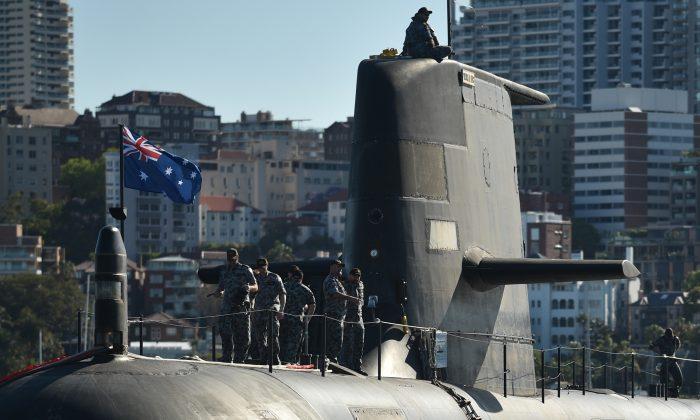Australia is responding to China’s increasing threat in the South Pacific Ocean by finalising a deal with European manufacturers to build 12 new submarines.
“The strategic planning agreement (SPA) will be signed in February next year (2019) and we can continue to get on with the submarine project, which has been under the design and mobilisation contract for the last two years.”
The new fleet of submarines will replace the current Collins-Class submarines that are scheduled to leave service in the 2030s. This is the largest defence procurement program in Australia’s history, according to the Department of Defence.
The Navy chief, Vice Admiral Michael Noonan, said the Attack class will provide Australia with a regionally superior submarine.
Negotiations Concluded After Delay
Initial negotiations between the Australian Department of Defence, French shipbuilder Naval Group (Formerly DCNS), and Lockheed Martin were expected to be completed between 2017 and 2018, under the Design and Mobilisation Contract that was signed on Sept. 30, 2016.“Suffice to say the Australian government’s interests, the Australian taxpayer’s interests, have been taken care of,” Pyne said at an Australian Government National Security Committee meeting in Melbourne.
The Most Advanced Submarine In The World
Naval Group was selected to design the submarine after its Shortfin Barracuda design won a “competitive evaluation process” in 2015 against German and Japanese designs.The submarine will also incorporate an advanced combat control system used for analysing and tracking, ship contacts, providing situational awareness, and the ability to deploy torpedoes and missiles. The building of combat control system is contracted to Lockheed Martin Australia who use the same technology as the U.S. Navy.
Protection of Australia’s Sovereignty
According to the Defence White Paper (pdf), maintaining Australia’s technological edge and capability superiority over potential adversaries is essential to protecting Australia’s sovereignty.The modernisation of regional forces, where countries can operate at a greater range and with more precision, will be one of many defence challenges facing Australia over the next 20 years.
“The growth in the capability of China’s military forces is the most significant example of regional military modernisation,” the White Paper reads.
“Instability in our immediate region could have strategic consequences for Australia.”
Newly appointed U.S. Ambassador Arthur Culvahouse has voiced concerns over the Chinese regime’s growing influence in the Pacific region.
Culvahouse told the U.S. Senate on Dec. 3 that Australia may have given the Chinese regime an “outsized” influence and the opportunity to press its agenda.
“I know that from my commercial experience representing U.S. companies in Asia … and the Pacific,” Culvahouse told a Senate Foreign Relations Committee hearing on Dec. 3.
The building of the 12 submarines under the Futures Submarine Program is part of the Australian government’s plan to produce “a more capable, agile and potent future force.”





